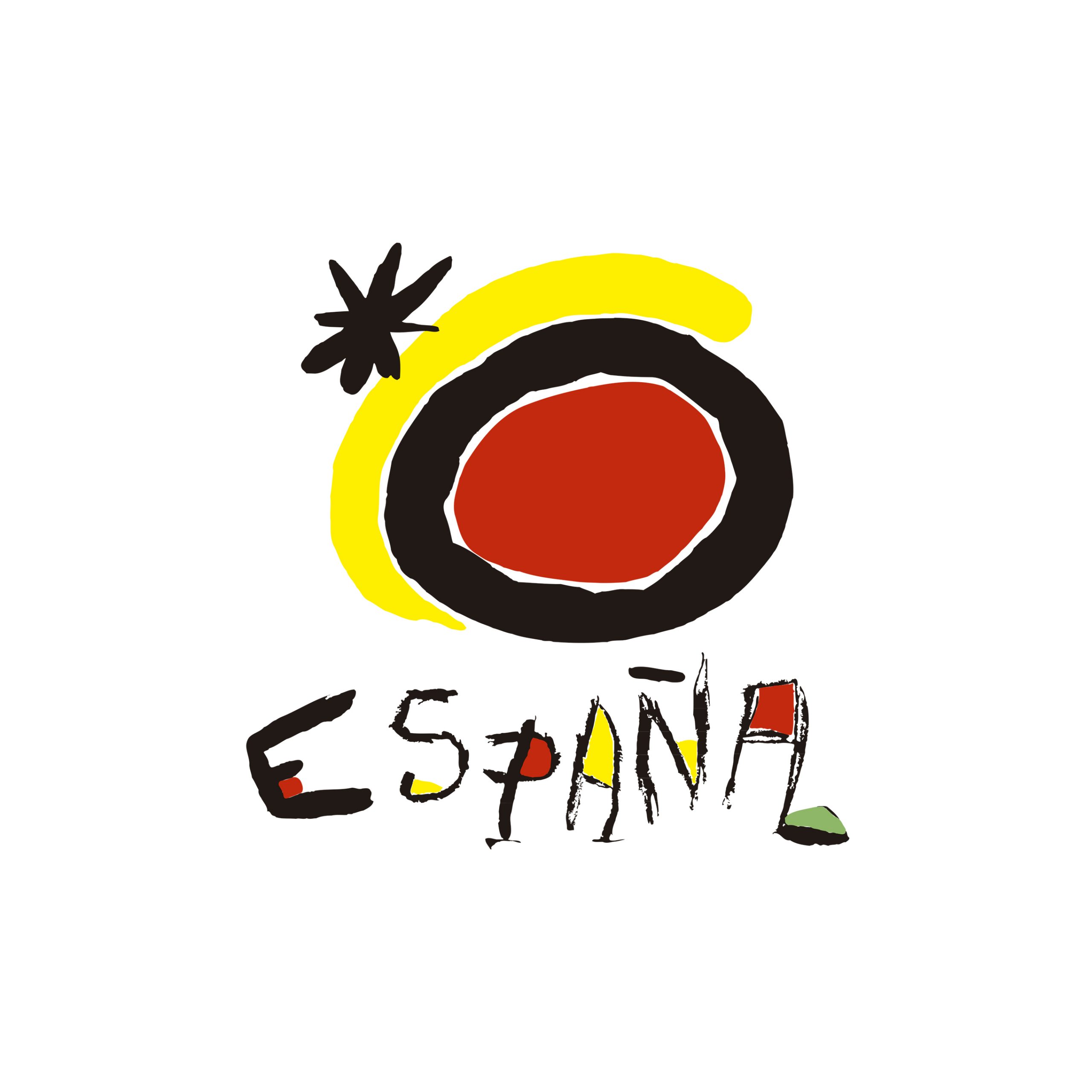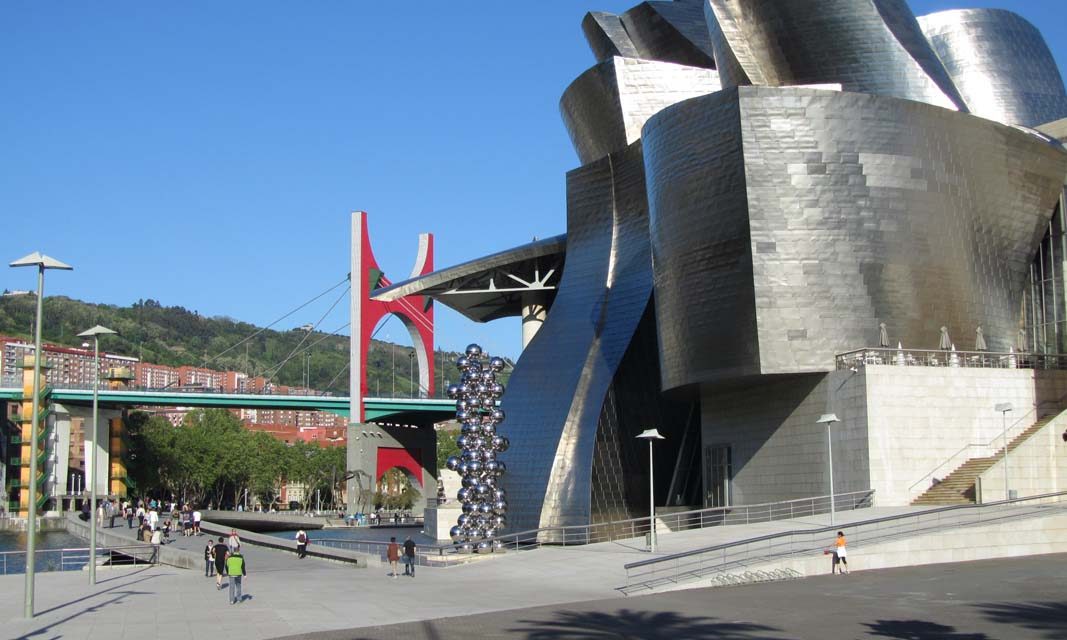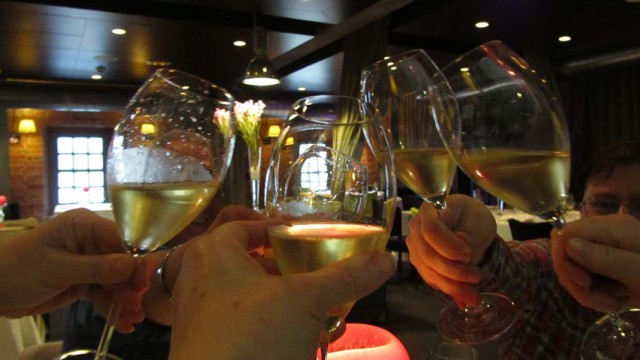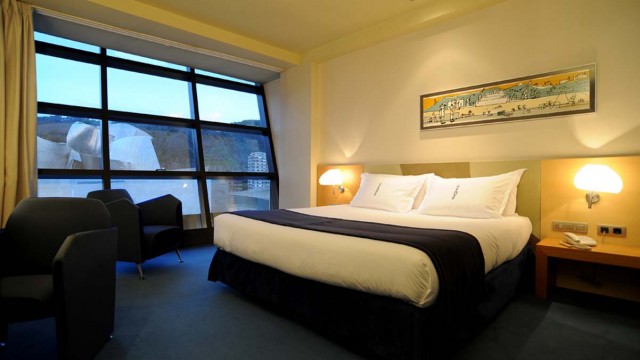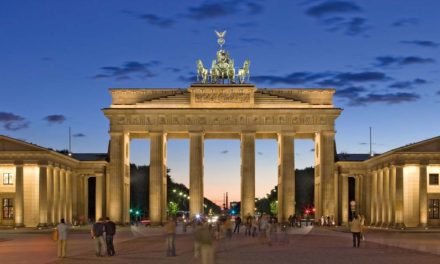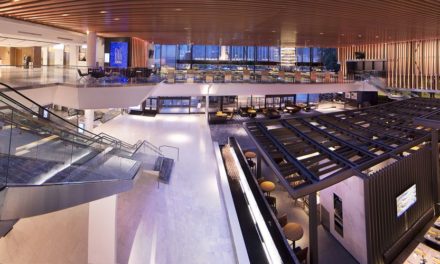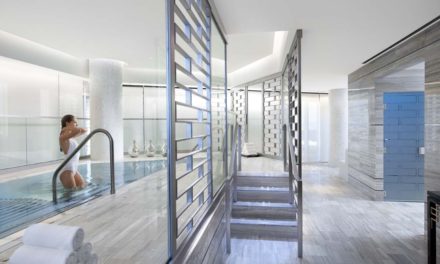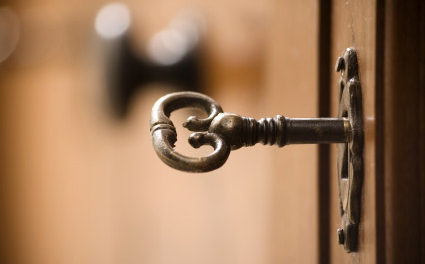Imagine looking outside your window and seeing that you are in a city that is easy to walk, modern yet centuries old, and surrounded by small, green mountains … and it’s located next to a port. This is Bilbao, Spain.
Bilbao is the economic and financial center of the Basque Country, and the capital of the province of Biscay (north central Spain). About 350,000 people live in Bilbao, and nearly 1 million in the metropolitan area. Bilbao was historically recognized as an industrial city, but in the last decade it has emerged into a city of design and architecture. This reputation began with the opening of Frank Gehry’s Guggenheim Museum in 1997. Bilbao is also the international gateway to the Basque Country, also uniquely recognized for its influence in the food and wind industries.
Bilbao first caught my attention a few years ago when I spent a day there on my way to exploring the Rioja region for its potential as an incentives destination. At the time I immediately sensed that Billbao was a small city like no other, and wanted to get to know it better.
About 280,000 international visitors travel to Bilbao each year, according to data from Bilbao Turismo. Top countries include France, Germany, Italy, UK, Latin America and USA/Canada. And the Bilbao Convention Bureau is available to provide support for the meetings industry — helping more than 325 meetings and 70,000 participants in 2012.
I returned and spent more time in Bilbao in May of this year. And from my view, Bilbao is one of those nice, mild climate cities that is ready for the international meetings community. Here’s what you need to know if you’re planning a meeting or visiting Bilbao, Spain.

Hotels in Bilbao, Spain
There are more than 75 hotels in Bilbao, and about 18 of these are in the four and five star categories. I stayed at the Silken Gran Domine Bilbao Hotel, a five star contemporary and modern design hotel that is across the street from the Guggenheim (and strongly recommend it). If you’re searching for a business hotel that’s in the heart of Bilbao, consider Hotel Miro (a boutique, 4.5 star chic and contemporary hotel just down the street that includes a spa with two large treatment rooms that you can enjoy to yourself), Melia Bilbao, Hotel Carlton and Hotel Ercilla Lopez de Haro.
Convention Centers in Bilbao, Spain
Bilbao has two main facilities. Bilbao Exhibition Centre (BEC) is located near the city center, and easily accessible by vehicle or train. BEC maintains the most modern equipment needed to host conventions. And what’s unique about this is that BEC has six open plan exhibition halls that easily convert to host congresses, symposiums, concerts, cultural events, corporate meetings, exhibitions, political meetings, banquets, parties, product presentations and a host of other activities. BEC has an 18,000 m² Convention Centre on five levels, featuring rooms with various configurations and seating capacities from 20 to 2,500 plus an exclusive, open-plan, multi-purpose area known as “Luxua.” BEC also has different meeting and hospitality rooms throughout the connecting Atrium between halls. Two restaurants, one self-service and one cafeteria provide service to the Convention Centre.
For those staying in the heart of the city, the Euskalduna Conference and Music Centre is an easy walk. The Palacio Euskalduna Conference and Performing Arts Centre is one of the flagships of the new 21st century Bilbao. Its facilities were extended in 2012, using a functional, columnless, open-plan design, ideal for making maximum use of the Centre’s services. This major multifunctional complex has a floor area of 53,000 square meters and hosts a range of cultural activities (opera, concerts, ballet, music recitals…), as well as congresses, large conventions and business meetings. Its Auditorium is outstanding, with exceptional acoustics and an impressive organ. It has Spain’s largest and Europe’s second-largest stage.
Things to Do in Bilbao, Spain
The Guggenheim Museum is a modern art museum with collections that span the mid-20th century to today. It’s a must for all visitors. Architecturally, the Guggenheim is a spectacular structure made of titanium, glass, and limestone — it was hailed as the most important building of its time. For meeting planners, the Guggenheim also has a range of options for private events.
The Museo de Belles Artes de Bilbao is another must see. It has 33 galleries and more than 10,000 works, including 1,500 paintings, 400 sculptures, more than 6,000 works on paper and a thousand decorative art objects. The Museum houses important works of the leading European schools from the 18th century to the present day, as well as other exceptional collections such as the Palacio Collection of Oriental art, the collection of 14th- to 16th century Manises ceramics, and the Taramona-Basabe Collection of Etruscan, Italic, Roman and Iberian bronzes dating back to the 6th century BC. The collection of Spanish paintings is of particular interest and includes important works by El Greco, Ribera, Murillo, Zurbarán, Goya and other artists.
Dining like a local is a must in Bilbao. And good fish, meat, vegetables, olive oil and simple cooking are staples of Basque cuisine. Bilbao has more than 470 restaurants, and is packed with many Michelin star restaurants and pintxos (tapas) bars. By the way, bar hopping is one of the best ways to enjoy pintxos.
Etxanobe is a Michelin star restaurant. Chef Fernando Canales uses fresh, traditional ingredients and offers contemporary cuisine. Extanobe is a dining experience you’ll remember.
Restaurante Yandiola is another excellent fine dining restaurant by Ricardo Perez and Borja Etxebarria (who previously trained under acclaimed Basque chef Martin Berasategui). It has an elegant, modern and comfortable dining room. Yandiola is located on the second floor of the Alhondigabilbao, a vintage wine warehouse that has been transformed into a community center by Phillippe Starck.
Gastronomy travel tip: If food and wine of the Basque region draw you here, consider checking with the special events team at the Silken Gran Domine. It’s my understanding that the hotel is working with Berasategui (who heads DOMA Restaurant at the hotel) to host multi-day culinary tours of the Basque region to a limited number of guests.
There’s nothing like spending an afternoon or evening strolling through an old town, and Casco Viejo takes you back to the 1300s. It is here where you can enjoy shopping and bar hopping. Ribera Market is one of the key highlights. This art deco building was built in 1929, and it is one of Europe’s largest covered food markets — with two floors of merchants.
From there, it’s an easy stroll through the 7 Calles (streets) where you find shops, bars and historic churches. This area definitely makes your experience in Bilbao special. In Plaza Nueva I discovered Casa Pedro (for pintxos) and La Casa de los Quesos, where I picked up a bottle of Parcharan that was home made by the business’s owner herself. By the way, Pacharan is an amazing digestif made of anis and fermented berries. It is unique to the Basque region, and it became my drink of choice for the whole visit. Walking through the streets, check out the shops, and find your own favorite pintxos bars.
Logistics and Weather in Bilbao
Bilbao Airport is extremely easy to navigate and located about 5 miles outside the city. It’s the international airport for the Basque Country, and is served by most of the European airlines, including Iberia. The roads are also excellent in northern Spain. And because Bilbao is a port city, the Bilbao Cruise Terminal serves the Bay of Biscay and is another option that’s just a short drive away (and just a short distance from the Hanging Bridge of Vizcaya, a UNESCO World Heritage Site).
Being located on the ocean, Bilbao’s weather is mild throughout the year and rarely goes below freezing temperatures in the winter. However, being a lush, green region it does get it share of heavier rainfalls and cloudier days in the late spring to early summer.
Updated. Initially published October 14, 2013








